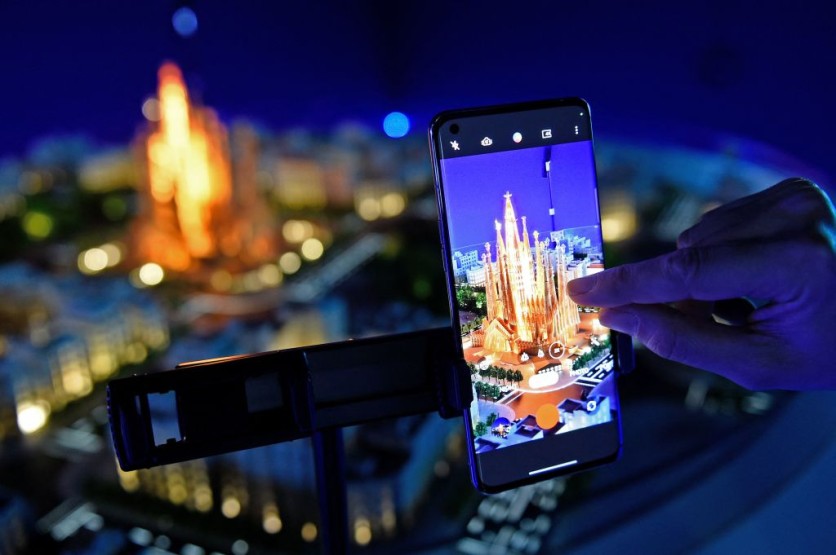Counterpoint Research's team have crunched the figures and studied the trends, concluding that the overall number of smartphone units delivered globally in 2022 will be 1.36 billion.
This would mean a 3% decline compared to the number of smartphones delivered last year.

What Are the Factors Behind the Possible Decline?
The worsening global economy, aided by the resurgence of COVID19 in China, and the uncertainties surrounding the Russian-Ukraine conflict are the major reasons for the possible decline in smartphone shipments this year.
As pointed out by Phone Arena, global markets have the tendency to hate on one thing, and that would be uncertainty. At this point, no one has given a prognosis that can describe a likely scenario for how the conflict will finish.
Counterpoint predicts that the general supply situation will gradually improve in 2022 in contrast to the previous year, but there are still shortages of several items that could deter the possible improvement.
Even recovery expectations are now significantly dwindling for a variety of reasons. To begin with, China's zero-tolerance approach to the latest COVID-19 resurgence, which has resulted in the city and even entire region lockdowns - slowed the country's economy while also causing a chain reaction throughout the global economy due to the country's closed factories and increasing logistics costs.
Furthermore, consumer sentiment has recently deteriorated due to the spread of global economic instability and rising inflation as a result of the protracted Ukraine-Russia war, according to the researchers.
An additional factor contributing to the decline is the strengthening of the US currency amid rising US interest rates, which could result in capital flight and inflation in emerging economies.
Meanwhile, the worldwide chip shortage is preventing some manufacturers from obtaining the number of particular chipsets necessary for producing their popular smartphone models.
Older chips, ironically, are the ones that phone makers are having trouble finding.
The Bright Side
According to Counterpoint Research Vice President Pete Richardson, there is still a bright side because consumer migration from feature phones to smartphones continues, while the public shift from 3G/4G to 5G is still in its early stages.
Furthermore, low- and mid-priced 5G handsets are likely to contribute to worldwide smartphone demand. Many people are buying their first 5G phones as carriers promote 5G plans and devices, even if they usually connect with low-band 5G signals that don't give download data speeds substantially quicker than those on 4G LTE networks.
Senior analyst Liz Lee of Counterpoint Network is cautiously optimistic for the year's second half.
"At the end of May, the Chinese government convened a meeting for large-scale economic stability countermeasures. The government is expected to implement more aggressive policies to stimulate the economy in the second half. Besides, we believe that new foldable smartphone launches, led by Samsung, will be able to stimulate demand in the premium segment," Lee said.
Related Article : Sony Predicts Smartphones Will Surpass DSLR Cameras in Terms of Image Quality in the Next Few Years
This article is owned by Tech Times
Written by Joaquin Victor Tacla




